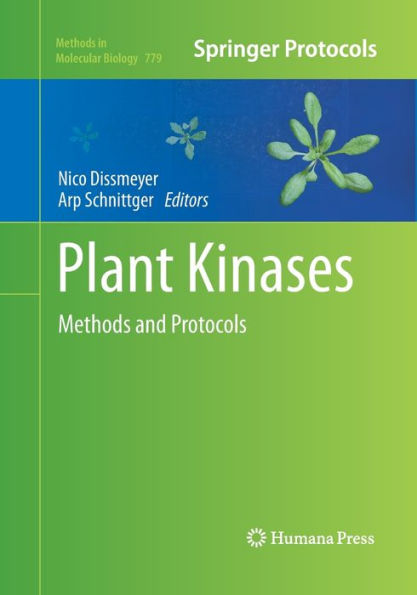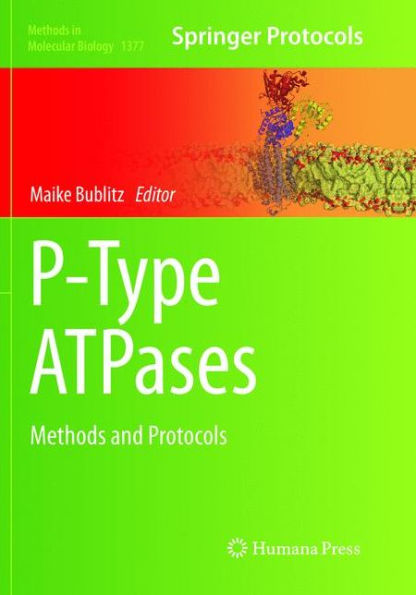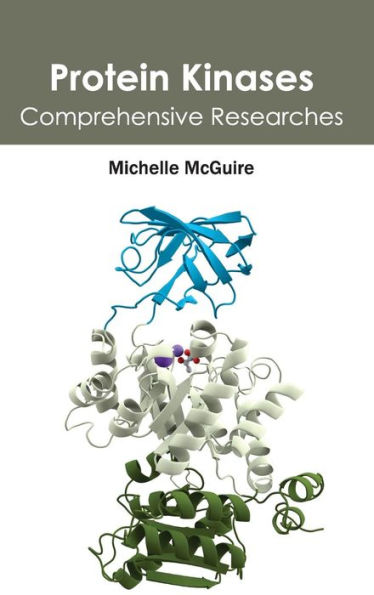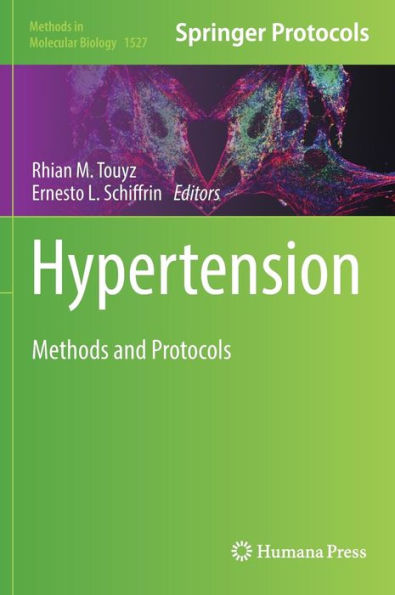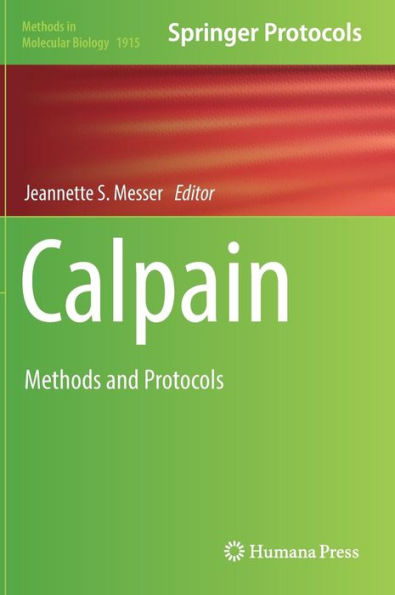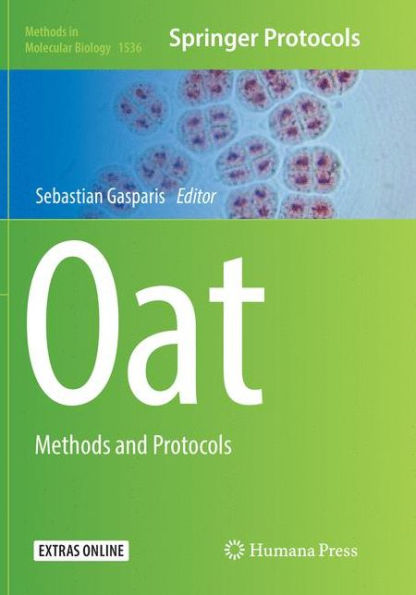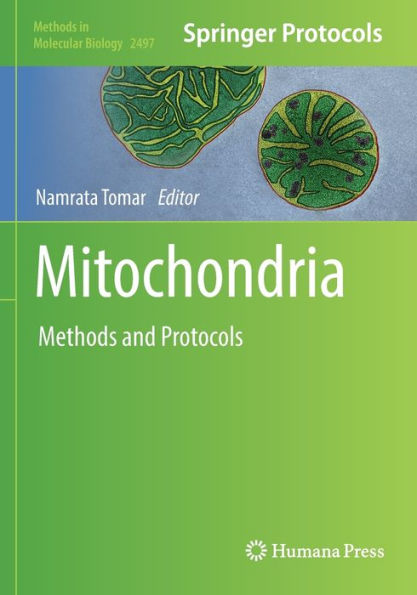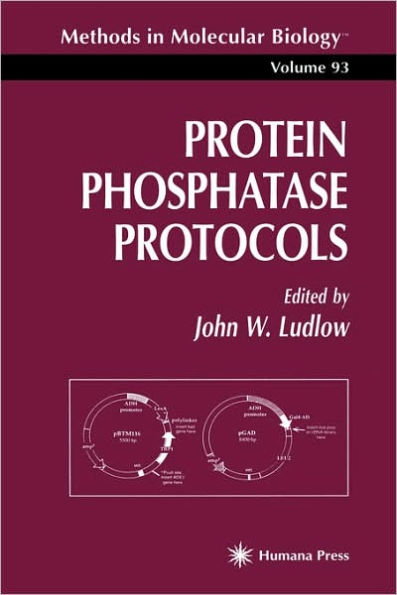Home
ATM Kinase: Methods and Protocols
Barnes and Noble
Loading Inventory...
ATM Kinase: Methods and Protocols in Bloomington, MN
Current price: $169.99

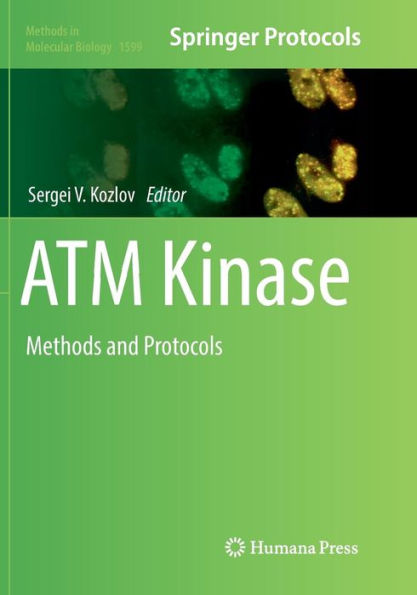
ATM Kinase: Methods and Protocols in Bloomington, MN
Current price: $169.99
Loading Inventory...
Size: OS
Ataxia–telangiectasia (A-T) is a rare and severe genetic disorder affecting children. A-T is a multisystem disease characterized by progressive neurodegeneration, immunodeficiency and cancer predisposition. This detailed volume explores the ever expanding field of research into the ATM (ataxia-telangiectasia, mutated) gene and the role played by ATM kinase in DNA damage signaling and diverse cellular processes. What follows is a handy desktop reference for both seasoned A-T researchers and postgraduate students, as it demonstrates the breadth of recent developments in A-T studies. Written for the highly successful
Methods in Molecular Biology
series, chapters include introductions to their respective topics, lists of the necessary materials and reagents, step-by-step, readily reproducible laboratory prools, and tips on troubleshooting and avoiding known pitfalls. Both classic and cutting-edge techniques are described, including ATM gene mutation detection, assays for radiosensitivity and radioresistant DNA synthesis, new methods to measure ATM kinase activity by imaging microscopy and high content screening as well as proteomics, phosphoproteomics and bioinformatics approaches to decipher ATM-dependent signalling pathways. Additional methods include generation of patient-specific stem cells and approaches to study ATM functions in the nervous system.
Comprehensive and practical,
ATM Kinase: Methods and Prools
aims to ignite and attract the interest of colleagues from diverse fields to A-T research in an effort to bring their expertise and fresh ideas to resolve many A-T puzzles still waiting to be pieced together and to alleviate the suffering of A-T children and their families.
Methods in Molecular Biology
series, chapters include introductions to their respective topics, lists of the necessary materials and reagents, step-by-step, readily reproducible laboratory prools, and tips on troubleshooting and avoiding known pitfalls. Both classic and cutting-edge techniques are described, including ATM gene mutation detection, assays for radiosensitivity and radioresistant DNA synthesis, new methods to measure ATM kinase activity by imaging microscopy and high content screening as well as proteomics, phosphoproteomics and bioinformatics approaches to decipher ATM-dependent signalling pathways. Additional methods include generation of patient-specific stem cells and approaches to study ATM functions in the nervous system.
Comprehensive and practical,
ATM Kinase: Methods and Prools
aims to ignite and attract the interest of colleagues from diverse fields to A-T research in an effort to bring their expertise and fresh ideas to resolve many A-T puzzles still waiting to be pieced together and to alleviate the suffering of A-T children and their families.
Ataxia–telangiectasia (A-T) is a rare and severe genetic disorder affecting children. A-T is a multisystem disease characterized by progressive neurodegeneration, immunodeficiency and cancer predisposition. This detailed volume explores the ever expanding field of research into the ATM (ataxia-telangiectasia, mutated) gene and the role played by ATM kinase in DNA damage signaling and diverse cellular processes. What follows is a handy desktop reference for both seasoned A-T researchers and postgraduate students, as it demonstrates the breadth of recent developments in A-T studies. Written for the highly successful
Methods in Molecular Biology
series, chapters include introductions to their respective topics, lists of the necessary materials and reagents, step-by-step, readily reproducible laboratory prools, and tips on troubleshooting and avoiding known pitfalls. Both classic and cutting-edge techniques are described, including ATM gene mutation detection, assays for radiosensitivity and radioresistant DNA synthesis, new methods to measure ATM kinase activity by imaging microscopy and high content screening as well as proteomics, phosphoproteomics and bioinformatics approaches to decipher ATM-dependent signalling pathways. Additional methods include generation of patient-specific stem cells and approaches to study ATM functions in the nervous system.
Comprehensive and practical,
ATM Kinase: Methods and Prools
aims to ignite and attract the interest of colleagues from diverse fields to A-T research in an effort to bring their expertise and fresh ideas to resolve many A-T puzzles still waiting to be pieced together and to alleviate the suffering of A-T children and their families.
Methods in Molecular Biology
series, chapters include introductions to their respective topics, lists of the necessary materials and reagents, step-by-step, readily reproducible laboratory prools, and tips on troubleshooting and avoiding known pitfalls. Both classic and cutting-edge techniques are described, including ATM gene mutation detection, assays for radiosensitivity and radioresistant DNA synthesis, new methods to measure ATM kinase activity by imaging microscopy and high content screening as well as proteomics, phosphoproteomics and bioinformatics approaches to decipher ATM-dependent signalling pathways. Additional methods include generation of patient-specific stem cells and approaches to study ATM functions in the nervous system.
Comprehensive and practical,
ATM Kinase: Methods and Prools
aims to ignite and attract the interest of colleagues from diverse fields to A-T research in an effort to bring their expertise and fresh ideas to resolve many A-T puzzles still waiting to be pieced together and to alleviate the suffering of A-T children and their families.
